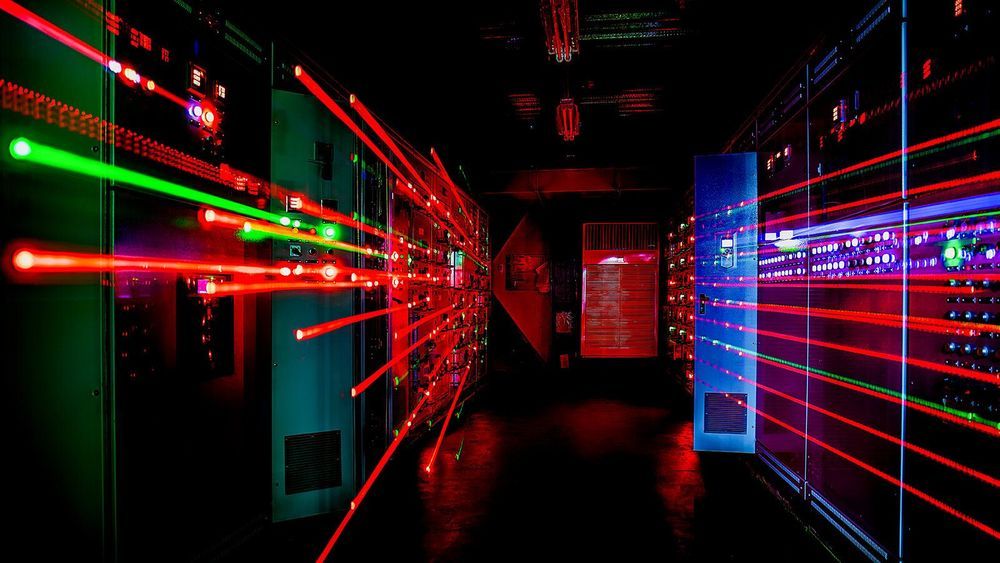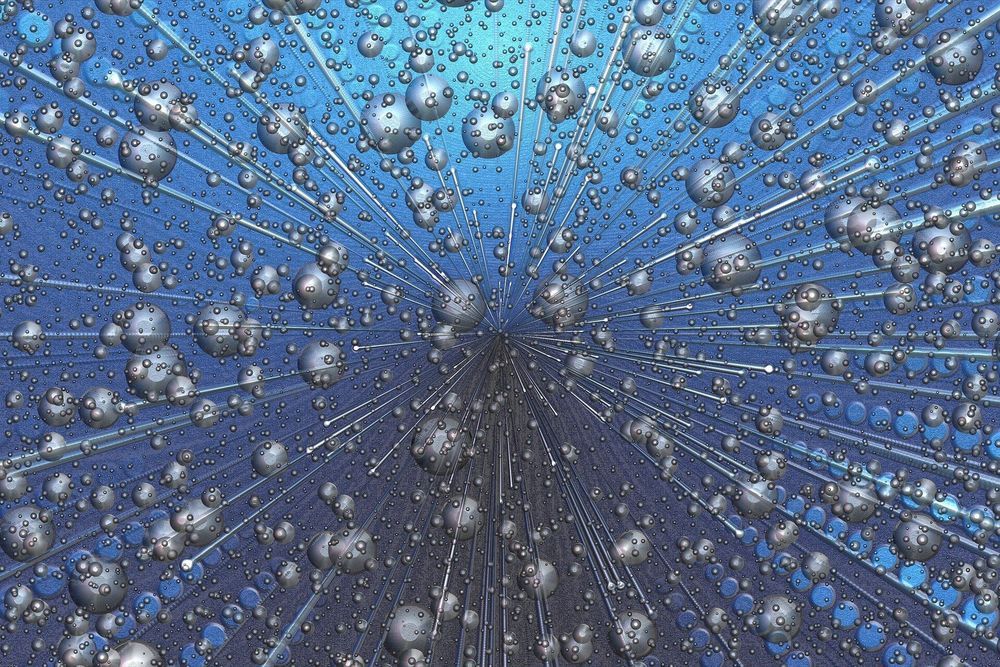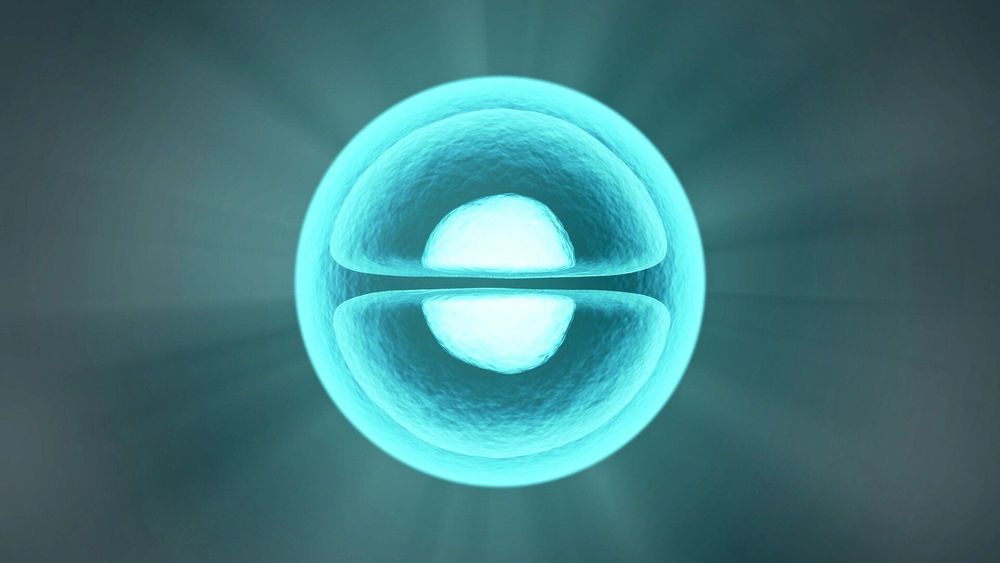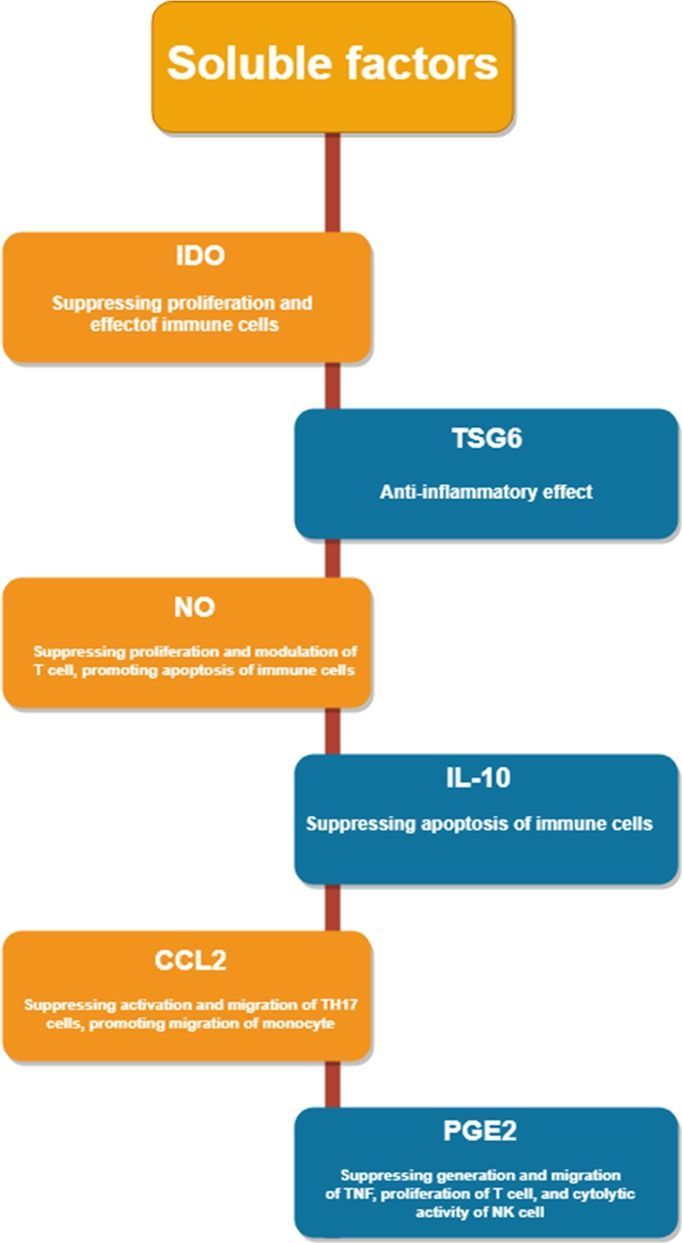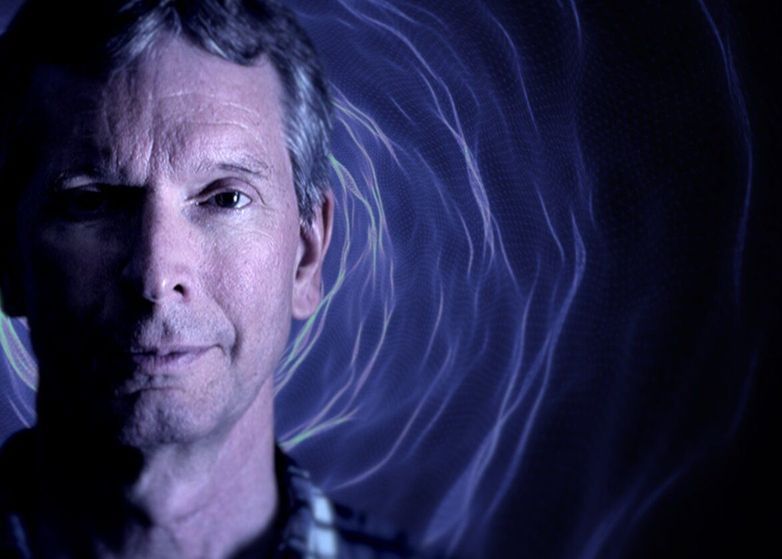Mar 7, 2020
Study: Modern electric grid needs smarter modeling for improved resilience
Posted by Saúl Morales Rodriguéz in categories: energy, engineering
Power systems and communication networks are increasingly interdependent, which can affect the response and recovery times when problems occur.
Today’s smart grid involves components that talk to each other, sending signals over communication networks to keep power flowing smoothly and efficiently. But what happens when the “conversation” goes quiet?
A team of researchers at the U.S. Department of Energy’s (DOE) Argonne National Laboratory and the Illinois Institute of Technology recently explored the literature on this link between the power system and its communication networks, finding that many studies do not adequately consider the two-way nature of this relationship and its impact on grid resilience. Their paper, “Electric Power Grid Resilience with Interdependencies between Power and Communication Networks—A Review,” was recently published in IET Smart Grid, a journal from the Institution of Engineering and Technology.
